Fortessa Fortaluxe (Amanda) white porcelain dish from Pottery Barn: 25 ppm Lead (safe by all standards).
Reading #1) Center of Food Surface
60-second reading
- Lead (Pb): 25 +/- 4 ppm
- Cadmium (Cd): 7 +/- 2 ppm
- Mercury (Hg): non-detect
- Bromine (Br): non-detect
- Chromium (Cr): non-detect
- Iron (Fe): 968 +/- 53 ppm
- Copper (Cu): 90 +/- 11 ppm
- Zinc (Zn): 329 +/- 13 ppm
- Zirconium (Zr): 318 +/- 5 ppm
- Tin (Sn): 10 +/- 3 ppm
- Barium (Ba): 658 +/- 15 ppm
- Bismuth (Bi): 40 +/- 4 ppm
- No other metals detected in consumer goods mode.
Reading #2) Black Back Mark of Dish
60-second reading
- Lead (Pb): 21 +/- 3 ppm
- Cadmium (Cd): 3 +/- 2 ppm
- Mercury (Hg): non-detect
- Bromine (Br): non-detect
- Chromium (Cr): 5,301 +/- 185 ppm
- Iron (Fe): 5,113 +/- 101 ppm
- Cobalt (Co): 1,188 +/- 45 ppm
- Nickel (Ni): 627 +/- 32 ppm
- Copper (Cu): 63 +/- 11 ppm
- Zinc (Zn): 359 +/- 13 ppm
- Zirconium (Zr): 341 +/- 5 ppm
- Palladium (Pd): 2 +/- 1 ppm
- Tin (Sn): 7 +/- 3 ppm
- Barium (Ba): 683 +/- 15 ppm
- Bismuth (Bi): 33 +/- 4 ppm
- No other metals detected in consumer goods mode.
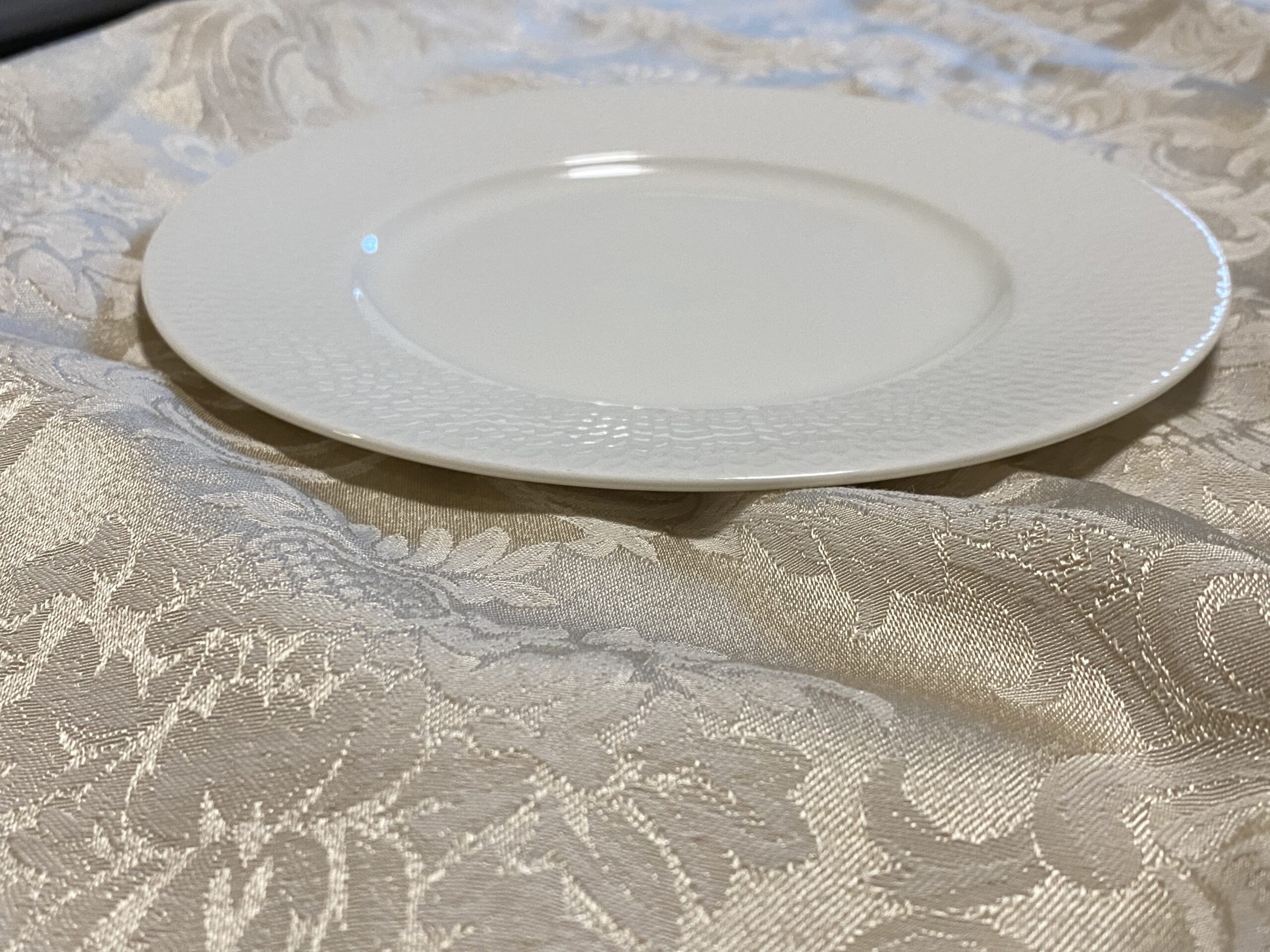
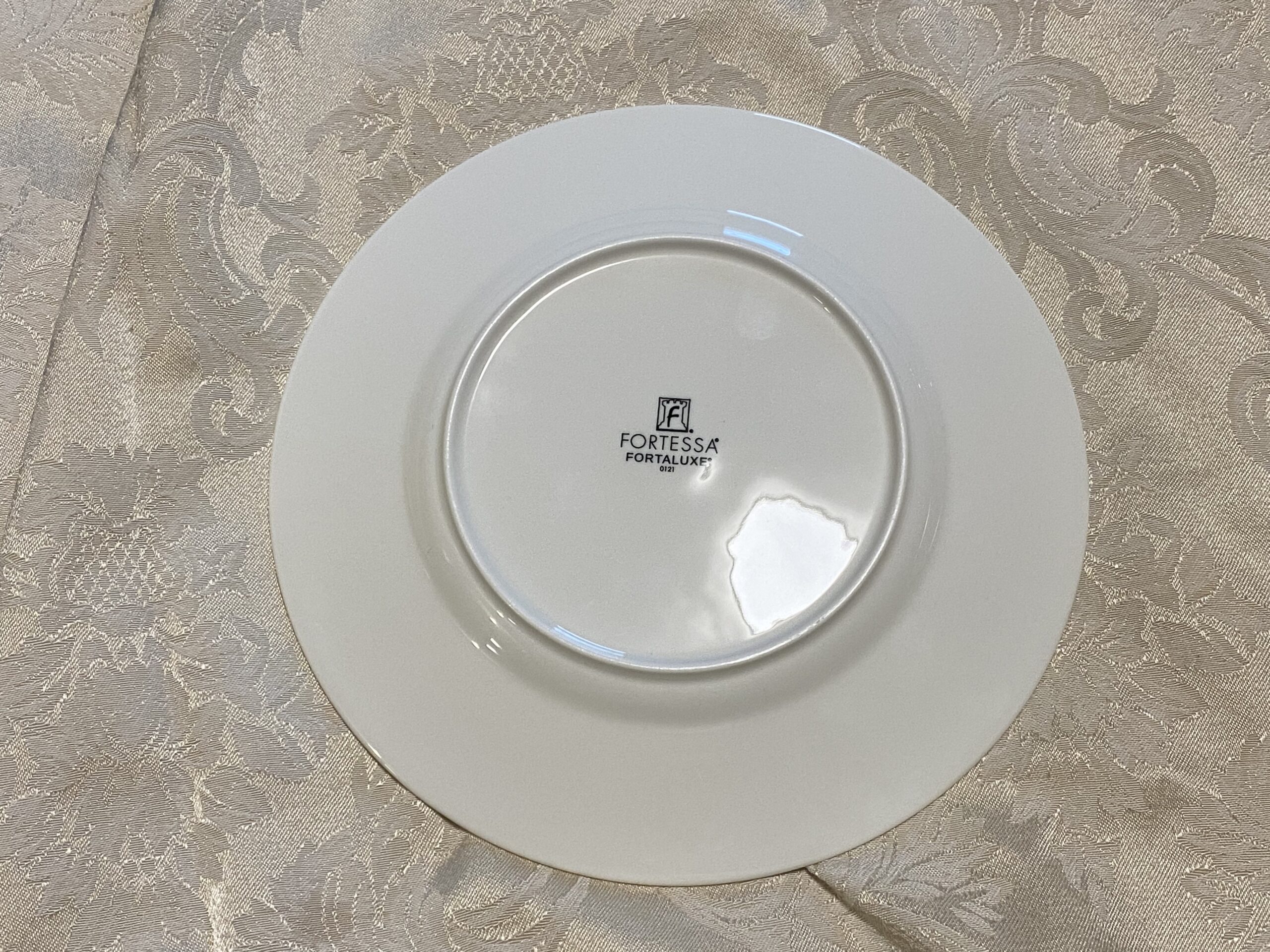
Never Miss an Important Article Again!
Join our Email List



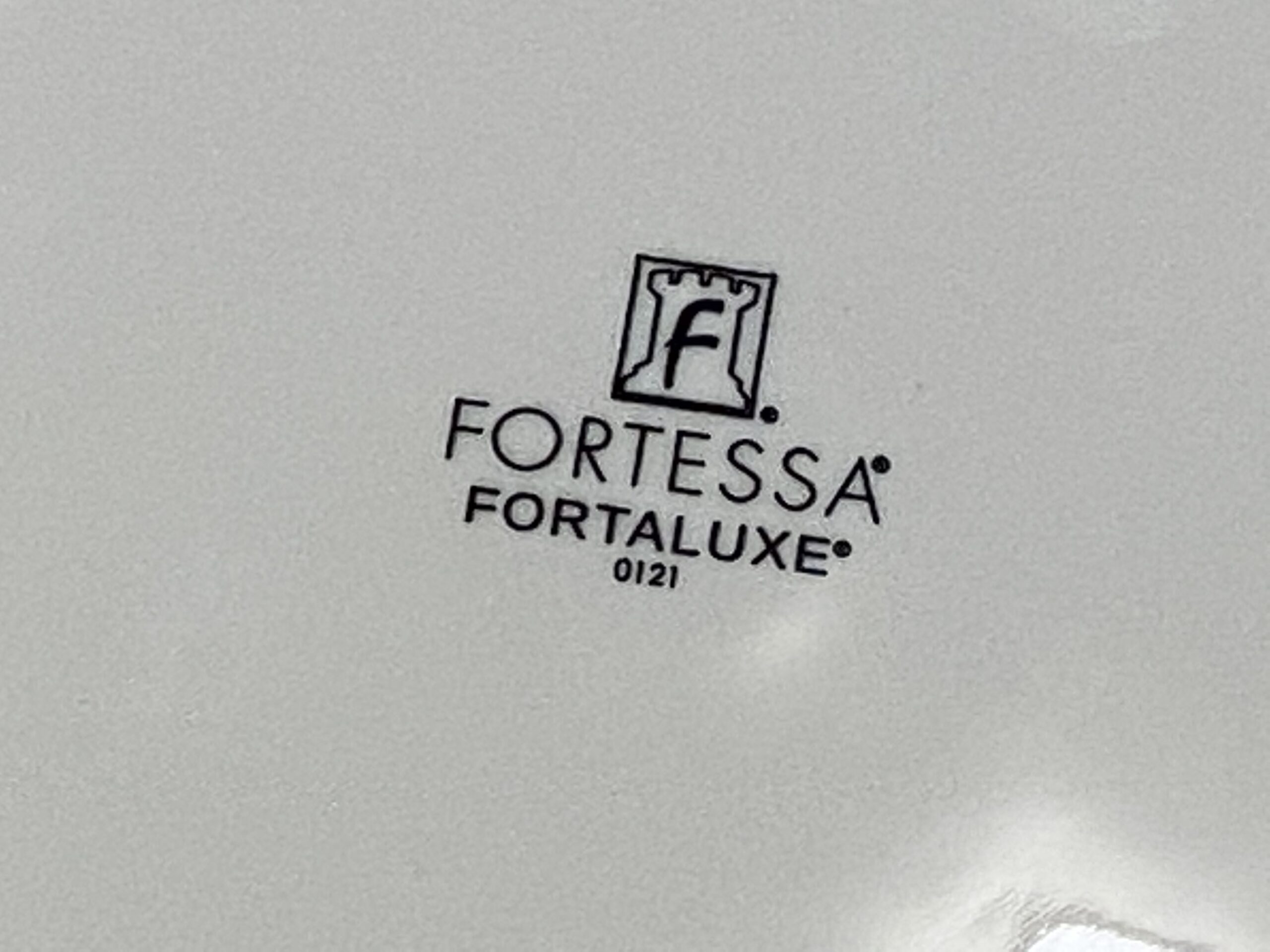
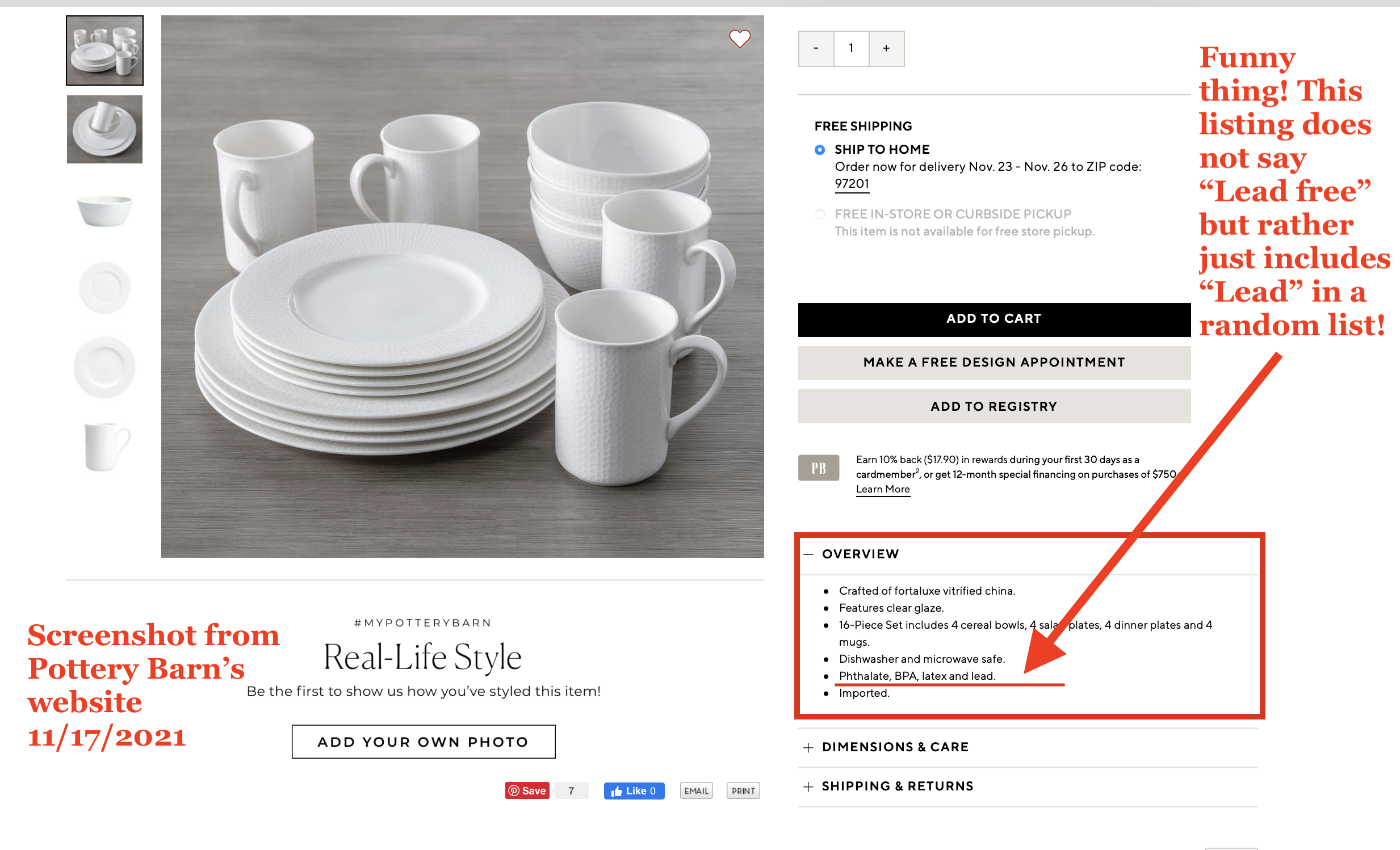
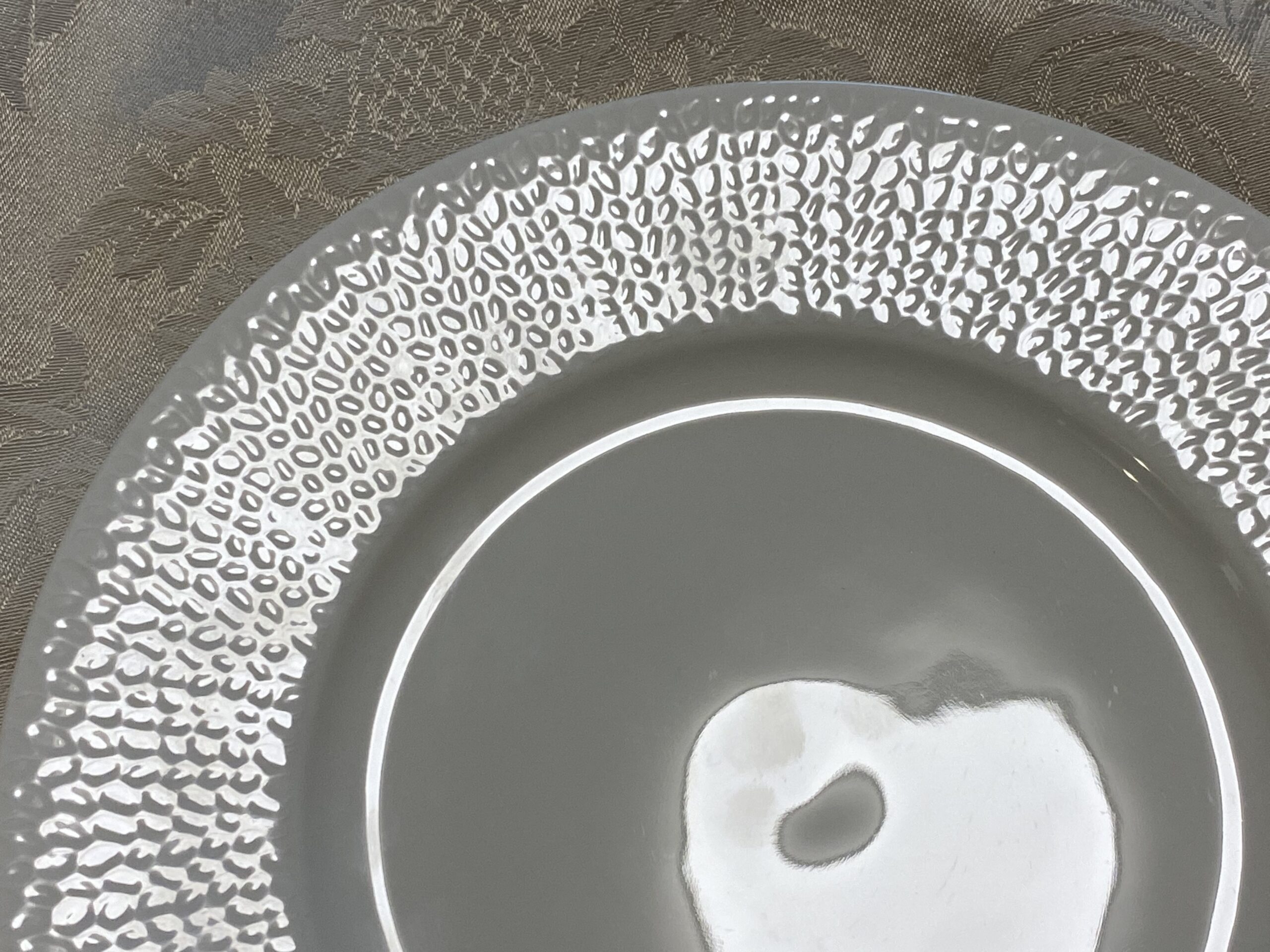

I believe the Pottery Barn website is a typo and should say “free” at the end of the phrase as they only list those items of concern in listings when it says the product is free of them.
But is obviously not accurate based on the results. When I called Fortessa they said that they don’t use lead in their processes, but that there may be low naturally occurring levels.
Yes – this is likely trace lead contamination in the substrate of the dish – tested through (likely) Lead-free clear glaze.
T
Do you have recommendations for everyday plates/dinnerware that are not glass? Is it okay to buy porcelain plates that have been lead tested and come back as safe? Or is zero lead preferred? What is your opinion on “stoneware” plates? Can stoneware contain lead as well?
Hello Tamara, I have same questions as the poster above. Would you please come back to this questions?